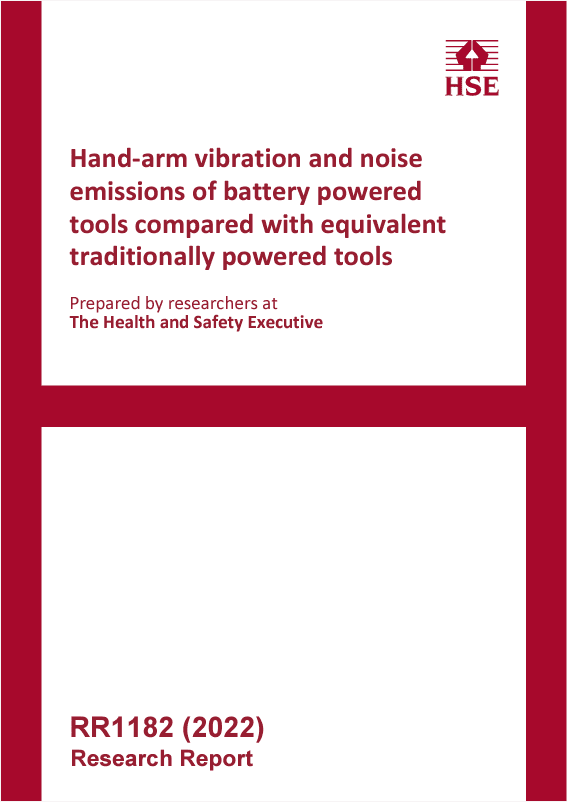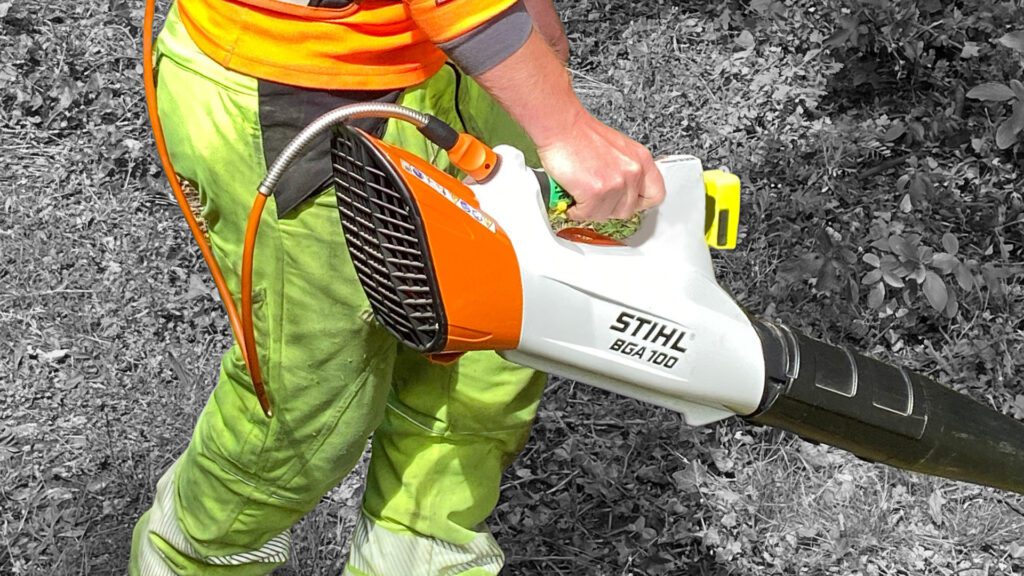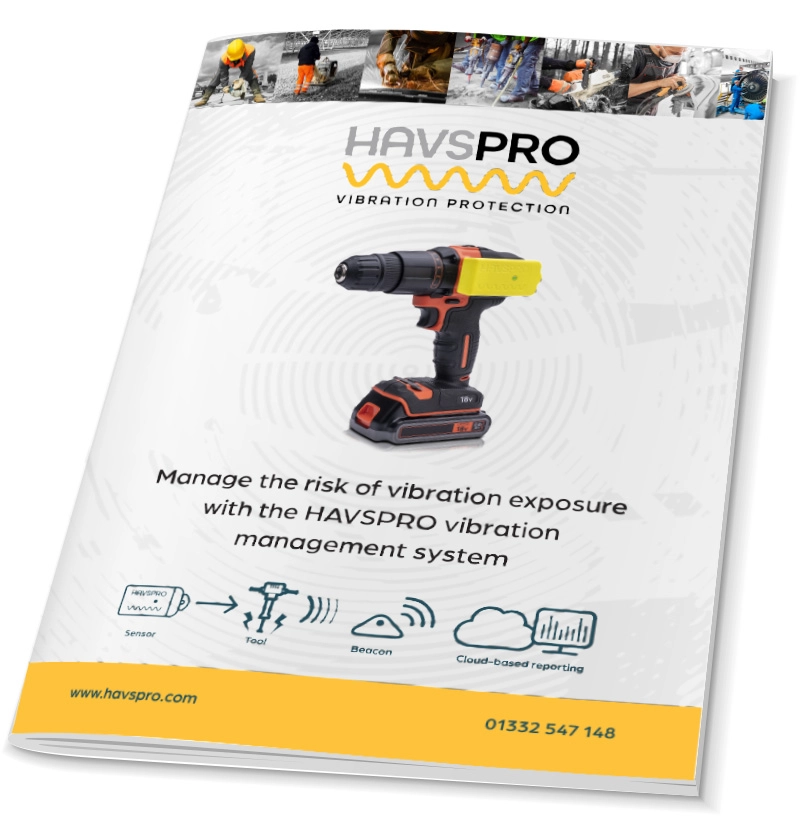There is a common assumption that battery powered tools emit lower vibration levels than traditionally-powered tools. And you can see why – less moving parts to generate power suggests lower vibrations, but is this assumption correct?
We take a look at the findings of the recently published HSEs study: Hand-arm vibration and noise emissions of battery-powered tools compared with equivalent traditionally powered tools
What did the study look at?
 With battery-powered tools becoming increasingly common in the workplace, the HSE commissioned a study to test the legitimacy of manufacturers claims that these tools were, in fact, emitting lower vibration (and noise) levels.
With battery-powered tools becoming increasingly common in the workplace, the HSE commissioned a study to test the legitimacy of manufacturers claims that these tools were, in fact, emitting lower vibration (and noise) levels.
Before this research was published, there had been no independent assessment of noise or vibration emissions that directly compared battery powered and traditionally-powered hand-held power tools. So the claims by manufacturers were untested.
This research aims to help employers who are looking to manage the risk of, and lower the exposure to, vibration level within their business. By testing the theory that battery powered tools emit lower vibration levels, the findings can help employers make better-informed decisions.
The HSE will always look to see if an employer has lowered the risk to as low as reasonably practicable (ALARP) when managing the risk of HAVS (hand arm vibration). A growing part of this strategy for employers is to invest on battery powered tools. But do battery powered tools emit lower vibration levels?
The study tested the vibration magnitudes of battery-powered hand-held power tools compared to traditionally-powered equivalents on a representative selection of battery-powered tools and traditionally-powered equivalents.
What did the study find?
In summary, the research findings of this study were:
- Noise and/or vibration emissions of battery-powered tools can be higher or lower than those of similarly performing power-tools using another type of power source.
- Infrequently, the ‘in-use’ noise and/or vibration emissions from the sampled battery-powered tools were higher than those from equivalent sampled tools powered by other means (such as mains or petrol engine).
- Frequently, the ‘in-use’ noise and/or vibration emissions were lower than, or about the same, as those from equivalent tools, powered by other means.
- Selection of tools on the basis of efficiency will help to address higher exposures caused by extended time taken to complete a task.
What this research shows is that employers (and operatives to some extent) can not take for granted that battery powered tools emit lower vibration levels than a traditionally-powered alternative.
If a tool emits vibration levels at all, it must be risk assessed and the usual HSE guidelines followed when managing the risk of that tool.
So, before you invest significant amounts of time and money in purchasing battery-powered tools, make sure you interrogate and compare the vibration emission data and performance/power data from the manufacturer. It might not always be the most efficient or applicable tool for the job, and therefore, be false economy.
A word from the HSE
These research findings support the use of HSE’s existing guidance on power tool selection in order to protect workers’ health.
That is to choose the tool that is most efficient for the job, thus reducing the exposure to as low as possible.
 Chris Steel, HM Principal Inspector of Health and Safety, and noise and vibration specialist, said ‘This means we can give solid advice to our inspectors on where battery-powered tools will and won’t make a difference to HAVS risk. It will have a direct impact on the Noise and Vibration team’s enforcement activities.’
Chris Steel, HM Principal Inspector of Health and Safety, and noise and vibration specialist, said ‘This means we can give solid advice to our inspectors on where battery-powered tools will and won’t make a difference to HAVS risk. It will have a direct impact on the Noise and Vibration team’s enforcement activities.’
When deciding on which tools to purchase the same due diligence should be undertaken in terms of vibration (and noise) emissions. With all tools, it is important to understand the different variables that will affect vibration magnitude such as; consumables condition, substrate, operators grip and position, and overall tool condition.
The in-use vibration magnitude of any tool should always be risk assessed and the appropriate control measures put in place to manage the risk to ALARP.
Take-aways
- Don’t assume because a tool is battery powered, it is safer or better when managing the risk of vibration (or noise) exposure.
- Always follow the HSEs guidance when managing the risk of vibration exposure
- Do all the relevant due diligence when purchasing new tools to ensure performance and risks from vibration are more efficient and better suited to your purpose.
- If you do change tools to battery powered, or lower vibration-emitting alternatives, ensure you update your risk assessments
We believe that the only way to confidently understand what the vibration exposure risk is when using any tool is to measure and monitor vibration levels continuously, with a system that is rigidly fixed to the surface of the tool, such as the HAVSPRO
Together, we can #MakeHAVSHistory.



